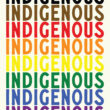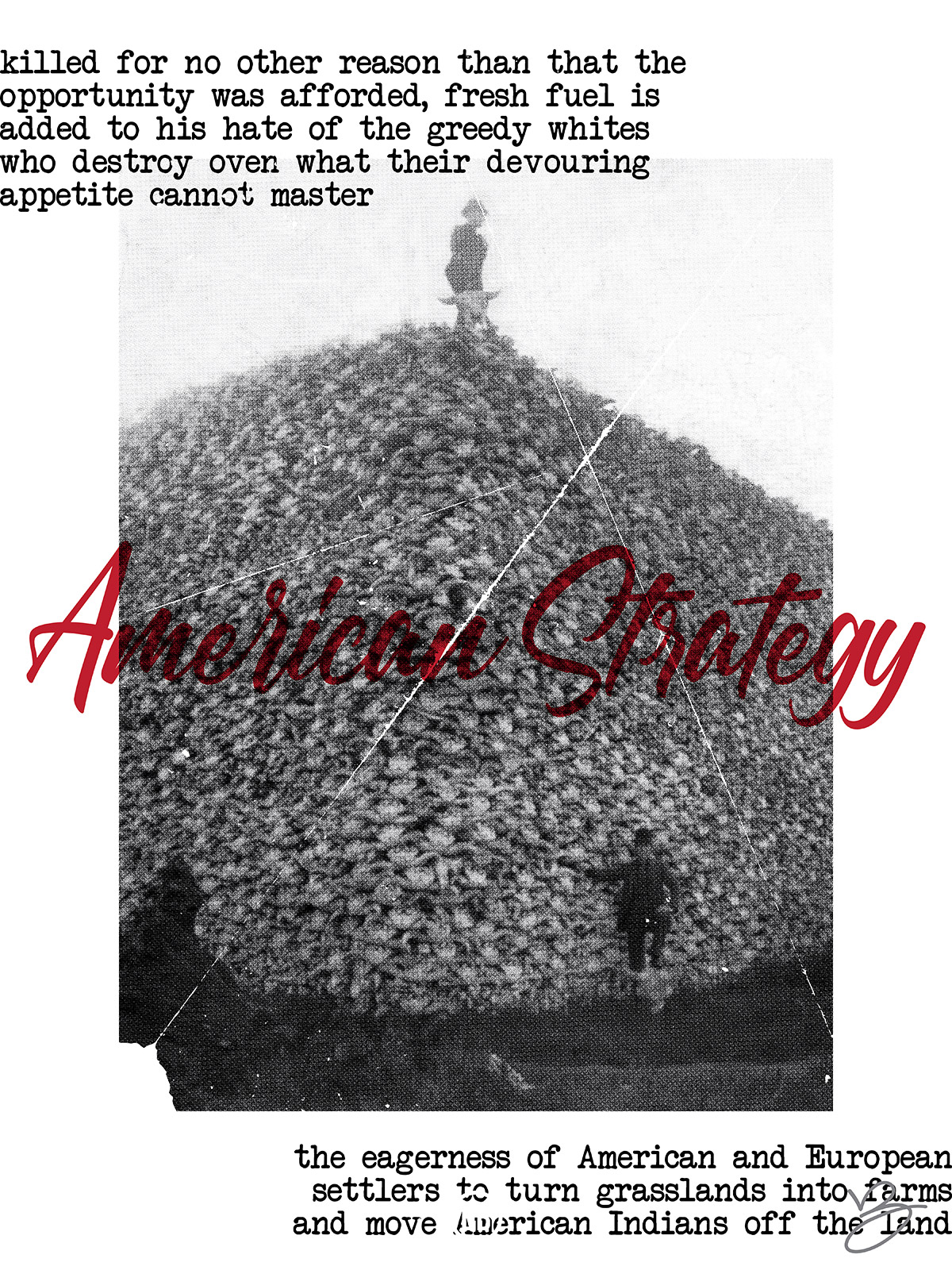Articles
“Eight years ago, an economist produced a new theory that international trade played a major role in an American tragedy: the immense killing in the late 19th century that brought the North American bison close to extinction.
The idea challenged the narrative that the slaughter of the bison, or buffalo, was mainly caused by the eagerness of American and European settlers to turn grasslands into farms and move American Indians off the land.
Donna Feir, an economist at the Federal Reserve Bank of Minneapolis was a graduate student in Vancouver when the new theory emerged, and it still left a big question for her: “My first thought was what happened to the people that were relying on this animal?” she said.
She and two colleagues at her Canadian teaching institution, the University of Victoria, recently published an answer that seems obvious on the surface, yet bold and provocative in its detail. The bison slaughter, they concluded, created so great a loss of wealth for the tribes that most relied on the animals, that it has lasted up until now.
The tribal nations that were bison-reliant in yesteryear have per capita incomes today that are 20 percent to 40 percent below the average of all American Indian nations, their research showed.”
– Star Tribune, Nearly 150 years later, the buffalo slaughter hangs over American Indian wealth, study finds.
“In the late 19th century, the North American bison was brought to the brink of extinction in just over a decade. We show that the bison’s slaughter led to a reversal of fortunes for the Native Americans who relied on them. Once the tallest people in the world, the generations of bison-reliant people born after the slaughter were among the shortest. Today, formerly bison-reliant societies have between 20-40% less income per capita than the average Native American nation. We argue that federal Indian policy that limited out-migration from reservations and restricted employment opportunities to crop based agriculture hampered the ability of bison-reliant societies to adjust in the long-run, generating lasting regional disparities associated with other indicators of social dislocation, such as suicide and unrest.”
– Center for Indian Country Development, The Slaughter of the Bison and Reversal of Fortunes on the Great Plains.
Download
Download the 18″x24″ poster (.pdf), Indian Country 52 #7 – American Strategy.
Close Ups



Indian Country 52
Indian Country 52 is a weekly project by David Bernie that uses the medium of posters that promote issues and stories in Indian Country. Follow the series: Indian Country 52
Creative Commons License

This work by David Bernie is licensed under a Creative Commons Attribution-NonCommercial-NoDerivatives 4.0 International License. You may download, share, and post the images under the condition that the works are attributed to the artist.









